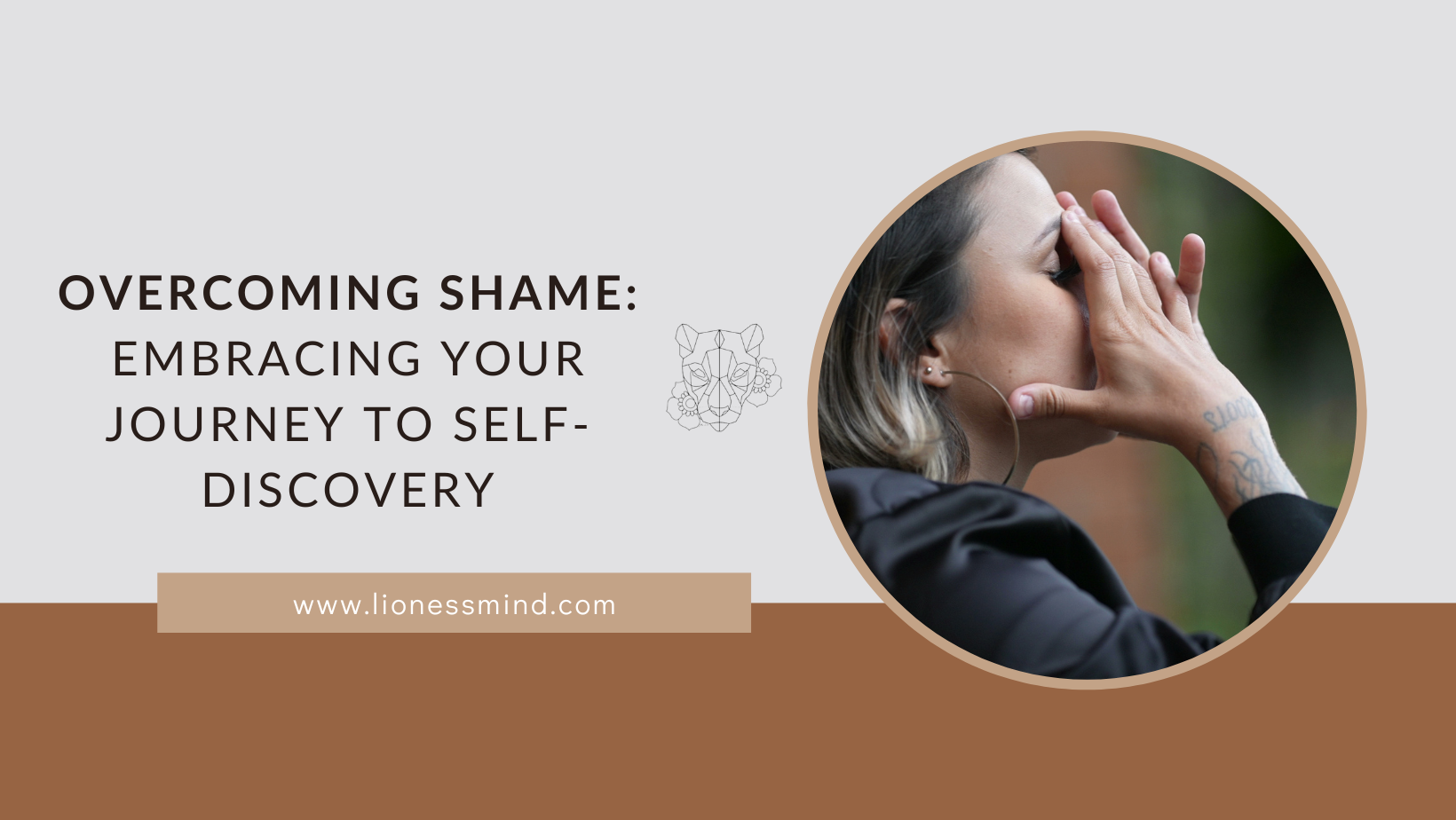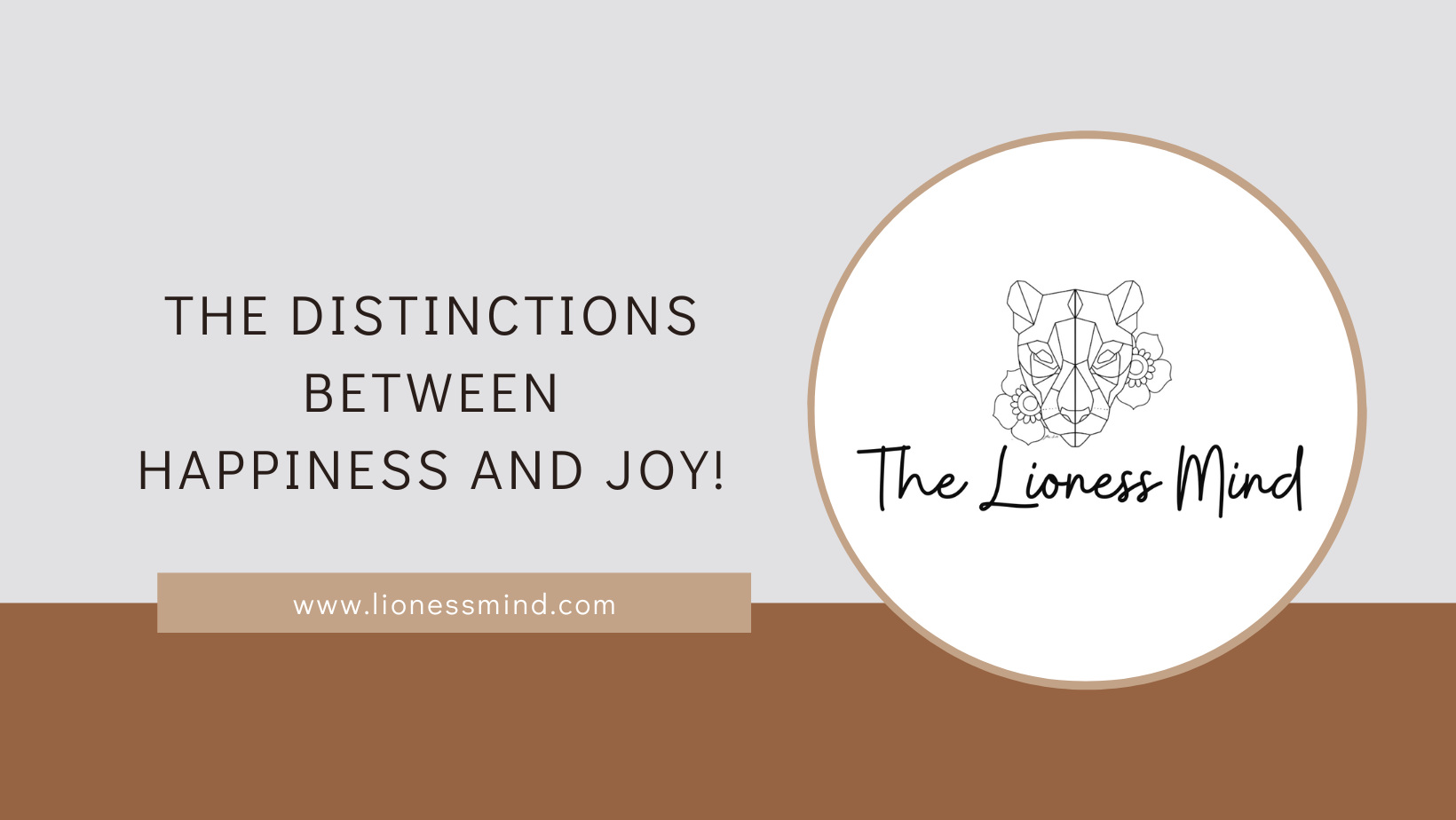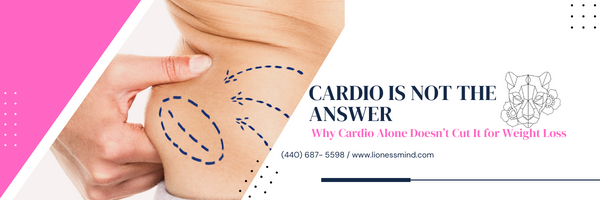Overcoming Shame: Embracing Your Journey to Self-Discovery
Shame is a heavy burden that many of us carry, especially as we navigate midlife and beyond. It’s that nagging voice telling us we’ve fallen short, that we’re not good enough. But here’s the truth: You are worthy of love and acceptance exactly as you are. In this blog, we’ll explore how to break free from the shackles of shame and embrace a journey of self-discovery.
Shame often stems from unrealistic expectations, both from ourselves and from society. It’s time to challenge those expectations and redefine what success and happiness mean to you. Embracing vulnerability is the first step towards healing. By acknowledging our flaws and imperfections, we open ourselves up to connection and growth.
Let’s replace shame with compassion. Treat yourself with the same kindness and understanding you would offer a dear friend. Remember, you are not alone on this journey. Reach out for support and surround yourself with people who uplift and inspire you.
Together, we can transform shame into strength. It’s time to reclaim your identity and embrace the beautiful, imperfect journey of self-discovery.



